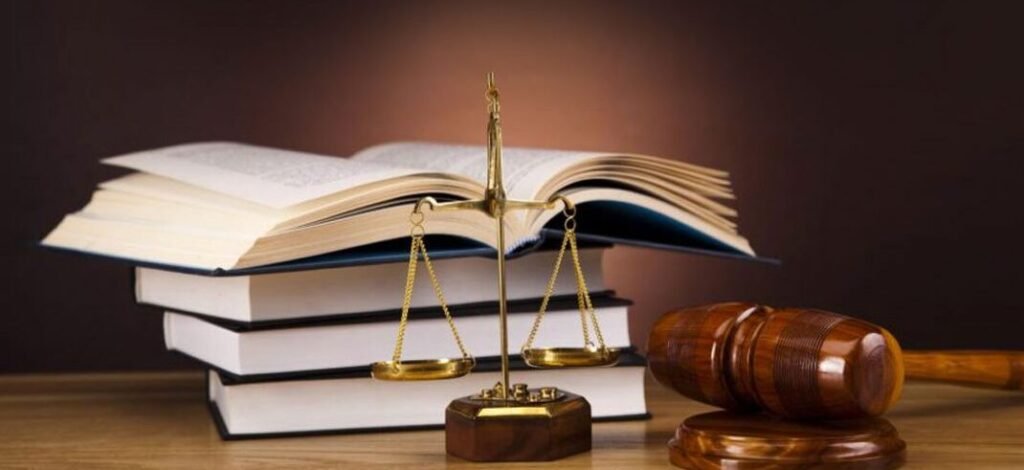In the digital age, the dissemination of content has become easier and more widespread than ever before. However, with this ease comes significant responsibility, especially when it involves juveniles. The term “disseminating matter harmful to juveniles” refers to the act of distributing or making available content that could be considered inappropriate or damaging to individuals under the age of 18. Understanding the legal implications of this issue is crucial for parents, educators, content creators, and anyone involved in media distribution.
Legal Definition and Scope
The legal definition of “matter harmful to juveniles” varies by jurisdiction, but it generally includes content that depicts sexually explicit material, violence, drug use, or any other subject matter deemed inappropriate for children. Laws designed to protect juveniles often fall under broader obscenity laws, child protection statutes, or specific regulations targeting the distribution of harmful content.
For instance, in the United States, the Federal Communications Commission (FCC) enforces regulations that prohibit the broadcast of indecent or obscene content during hours when children are likely to be watching television. Similarly, the Children’s Internet Protection Act (CIPA) requires schools and libraries receiving federal funding to implement measures to block or filter internet access to harmful materials.
Examples of Harmful Matter
Examples of matter considered harmful to juveniles can include, but are not limited to:
- Sexually explicit materials: This includes pornography, explicit images, or sexually suggestive content.
- Violence: Graphic depictions of violence, gore, or aggressive behavior.
- Drug use: Content that depicts or glorifies the use of illegal drugs or substance abuse.
- Hate speech: Content that promotes racism, sexism, homophobia, or other forms of discrimination.
Legal Implications

Disseminating matter harmful to juveniles can result in severe legal consequences. These can vary based on the nature of the content, the intent of dissemination, and the laws of the specific jurisdiction. Common legal repercussions include:
Criminal Charges
Individuals or entities found guilty of distributing harmful content to juveniles can face criminal charges. Penalties may include fines, imprisonment, or both. For example, a person convicted of distributing child pornography can face significant prison time and be required to register as a sex offender.
Civil Liability
In addition to criminal charges, those responsible for disseminating harmful matter to juveniles may also face civil lawsuits. Victims or their guardians can sue for damages, which can result in substantial financial penalties.
Loss of Business Licenses
Businesses that distribute harmful content, whether knowingly or unknowingly, may risk losing their licenses to operate. This is particularly relevant for companies in the media, entertainment, and internet service sectors.
Preventive Measures
To avoid the legal implications associated with disseminating matter harmful to juveniles, individuals and businesses can implement several preventive measures:
Content Filtering and Rating Systems
Utilizing content filtering software and adhering to rating systems can help prevent minors from accessing inappropriate materials. For example, video games, movies, and television shows often use rating systems to indicate age-appropriate content.
Educating Content Creators
Providing training and resources for content creators about the legal and ethical responsibilities of distributing content can reduce the risk of harmful material reaching juveniles.
Monitoring and Reporting
Regularly monitoring platforms for inappropriate content and establishing clear reporting mechanisms can help identify and remove harmful materials promptly.
Case Studies
Several high-profile cases illustrate the serious consequences of disseminating harmful content to juveniles:
- The Napster Case: In the early 2000s, Napster, a file-sharing service, was sued for enabling the distribution of copyrighted music. Although the primary issue was copyright infringement, the case highlighted the broader risks of unregulated content dissemination.
- YouTube’s COPPA Violations: In 2019, YouTube was fined $170 million for violating the Children’s Online Privacy Protection Act (COPPA). The platform was accused of collecting personal information from children without parental consent and targeting them with inappropriate advertisements.
Conclusion
Understanding the legal implications of disseminating matter harmful to juveniles is essential in today’s digital landscape. The consequences of violating these laws can be severe, ranging from criminal charges to significant financial penalties. By implementing preventive measures and staying informed about relevant laws and regulations, individuals and businesses can help protect juveniles from harmful content.

Olivia Harper is a lifestyle guru with a background in journalism and over 10 years of experience in writing about modern living. She covers a wide range of topics, including travel, fashion, relationships, and personal development. Olivia’s engaging writing style and expert knowledge make her articles a must-read for anyone looking to enhance their lifestyle.




